Damp Proof Course (DPC)
We Specialise In Chemical Damp Proof Course Injections In Sydney
What Is Damp Proof Course?
A damp proof course is an essential construction element used to prevent moisture from penetrating the walls or foundation of a building. It is typically made of a waterproof material, such as bitumen or plastic, and is installed between the ground and the first layer of bricks or blocks. The purpose of the damp proof course is to create a barrier that prevents water from rising through capillary action, which can lead to dampness and damage within the building.
The damp proof course works by interrupting the flow of water and ensuring that it is redirected away from the building. It acts as a waterproof barrier, preventing moisture from seeping into the walls or foundation. By doing so, it helps to maintain the structural integrity of the building and protects it from potential issues such as mold growth, rotting, and damage to the interior finishes.
In addition to being a preventive measure, damp proof course also helps to improve the overall energy efficiency of a building. By preventing moisture from entering, it reduces the risk of heat loss and condensation, which can result in higher energy consumption and discomfort for occupants.
Chemical Injection Damp Proof Course
Chemical injection damp proof course involves the use of specialised chemicals that are injected into the walls of a building to prevent the ingress of moisture. Here are four key aspects of this technique:
- Injection process: The chemicals are injected into pre-drilled holes at regular intervals along the wall, usually near the base. This ensures that the entire wall is treated and protected from dampness.
- Chemical properties: The chemicals used in injection damp proof course are typically silicone-based or silane/siloxane-based. These chemicals penetrate deep into the pores of the masonry, creating a water-repellent barrier while still allowing the wall to breathe.
- Long-lasting protection: Once the chemicals are injected, they react with the moisture present in the wall, forming a water-repellent layer. This layer remains effective for many years, providing long-lasting protection against dampness.
- Versatility: Chemical injection damp proof course can be applied to various types of walls, including brick, stone, and concrete. It is suitable for both new constructions and older buildings that require dampness prevention or remediation.
Chemical injection damp proof course is usually used when a building suffers from rising damp and needs to me repaired.
Damp Proof Course Membrane
Damp proof course membrane is a physical membrane that is typically installed during the construction of a building. It’s a horizontal barrier in the wall construction, usually made of materials that are impermeable to water, such as plastic, rubber, roofing felt, or metal.
The membrane is placed in the mortar between two courses of bricks or blocks, effectively creating a waterproof horizontal barrier within the wall to prevent moisture and dampness from traveling up the wall.
It is more commonly used in new construction as it needs to be physically inserted into the structure. Retrofitting a DPC membrane into an existing building can be challenging and often involves significant structural work, such as partially rebuilding walls.
Damp proof course membrane provides a robust and long-lasting barrier to moisture and is not susceptible to degradation under normal conditions, making it an excellent preventative of dampness when constructing a new building or doing major rebuilding work.
Advantages of Damp Proof Course
One of the main advantages of a damp proof course is that it effectively prevents the ingress of moisture into a building, thereby protecting it from potential damage. Moisture infiltration can lead to a wide range of problems, including dampness, mold growth, decay, and structural instability. By installing a damp proof course, these risks are significantly reduced.
Another advantage of a damp proof course is that it helps to maintain a comfortable and healthy living environment. Excessive moisture can create a damp and musty atmosphere, which can negatively impact the indoor air quality and contribute to respiratory issues. By keeping moisture at bay, the damp proof course helps to create a dry and breathable living space.
Furthermore, a damp proof course can also help to preserve the integrity and aesthetics of a building. Moisture can cause paint to peel, wallpaper to bubble, and plaster to crumble. By preventing moisture from seeping through the walls, a damp proof course helps to maintain the appearance of the interior and exterior surfaces.
How Is Damp Proof Course Installation Done?
The installation process of a damp proof course depends on what type of DPC is being installed.
Membranes will need to be installed when the construction of the building is being done as they are an integral part of the wall and cannot be retrofitted.
DPC injections can be done to existing walls, and the installation involves several steps and requires professional expertise. Here is a step-by-step guide on how it is done:
- Assessment: A thorough assessment of the building is conducted to identify the extent of dampness and determine the appropriate type of damp proof course required.
- Preparation: Before installation, the affected area needs to be prepared. This involves removing any existing plaster or render, as well as cleaning the surface to ensure proper adhesion.
- Installation: The damp proof course is then installed. This can be done by drilling holes in the wall at regular intervals and injecting the damp proof course chemical into the wall.
- Finishing: Once the damp proof course is in place, the walls are then re-plastered or rendered to restore the aesthetics of the building. It is important to use materials that are compatible with the damp proof course to prevent any future issues.
It is crucial to hire a professional with experience in damp proof course installation to ensure its effectiveness and long-term durability. DIY attempts may lead to inadequate installation, which can result in recurring damp problems and costly repairs.
How Chemical DPC Is Used to Solve Rising Dampness
Chemical damp proof courses are an effective solution for addressing rising dampness in buildings. Rising dampness occurs when moisture from the ground travels up through the walls, causing damage to the internal structure and potentially leading to issues such as mould growth and deterioration of plaster and paintwork. A chemical damp proof course involves the injection of a specialised chemical solution into the affected walls, creating a barrier that prevents the upward movement of moisture. This method is particularly useful in buildings where traditional damp proof courses are absent or have become ineffective over time.
The process of installing a chemical damp proof course typically begins with a thorough assessment of the affected areas to determine the extent of the rising dampness. Once the assessment is complete, a series of holes are drilled into the affected walls at regular intervals. The chemical solution is then injected into these holes under pressure, ensuring that it penetrates the full thickness of the wall and forms a continuous barrier against rising dampness. After the injection, the holes are filled and the surface is restored to its original condition.
Chemical damp proof courses offer several advantages over traditional methods. They can be installed without the need for major structural alterations, making them a cost-effective solution for both new and existing buildings. Additionally, the chemical solution used is non-toxic and environmentally friendly, ensuring the safety of occupants and minimizing any negative impact on the surrounding ecosystem.
Damp Proof Course For Brickwork
There are various types of damp proof course available for brick construction. These damp proof courses are essential for preventing rising damp and water penetration in brick buildings. Here are four different types of damp proof course commonly used:
- Chemical Damp Proof Course (DPC): This involves injecting a chemical solution into the bricks or mortar joints to create a barrier against moisture.
- Physical Damp Proof Course: This type of DPC is typically made of materials like bitumen, felt, or plastic sheets. It is installed between the layers of bricks to prevent water from seeping through.
- Cavity Tray Damp Proof Course: This is used in cavity wall construction, where a tray is inserted above openings such as windows and doors to redirect any water that may enter.
- Integral Damp Proof Course: This is incorporated into the construction of the brickwork itself. It involves adding waterproof additives to the mortar or using specially designed damp-proof bricks.
These different types of damp proof course provide effective solutions for protecting brick buildings from dampness and water damage.
Damp proof Course For Timber Frames
Different types of damp proof course are also available for timber frame construction, providing effective solutions for preventing rising damp and water penetration in these types of buildings.
Timber frame buildings are vulnerable to moisture ingress, which can cause structural damage and promote the growth of mold and mildew. To address this issue, various damp proof courses can be used in timber frame construction.
One common type is the liquid-applied damp proof membrane, which is applied directly onto the timber surfaces. This membrane forms a barrier against moisture, preventing it from entering the timber and causing damage.
Another option is the use of preformed damp proof course materials, such as plastic or rubber membranes, which are installed between the timber frame and the external cladding. These materials provide a physical barrier to water penetration, ensuring the longevity and durability of the timber frame construction.
Australian Standards and Regulations For Damp-Proof Course
Australian standards and regulations for damp-proof course include the use of appropriate materials and installation methods to prevent moisture penetration in buildings. These standards and regulations are in place to ensure that buildings are protected from the damaging effects of moisture, such as mold growth, structural deterioration, and health hazards.
To comply with Australian standards and regulations for damp-proof course, the following guidelines should be followed:
- Material selection: The damp-proof course material should be suitable for the specific building type and conditions. Common materials used include polyethylene sheets, bitumen membranes, and liquid-applied coatings.
- Installation methods: The damp-proof course should be installed correctly to create an effective barrier against moisture. This includes proper placement, sealing, and integration with other building elements, such as walls, floors, and foundations.
- Thickness requirements: The thickness of the damp-proof course should meet the minimum requirements set by Australian standards. This ensures that the barrier is sufficient to prevent moisture penetration.
- Maintenance and inspection: Regular maintenance and inspection of the damp-proof course are essential to ensure its ongoing effectiveness. This includes checking for any damage or deterioration and taking timely remedial action.
FAQ About Damp Proof Course
Can a damp proof course be done from outside?
Whether DPC can be installed from the outside depends on several factors, such as the specific construction of the building, the severity of the dampness issue, and the accessibility of the external walls or floors. In some cases, it may be more practical and cost-effective to install a DPC from the outside, especially if there are limitations or obstacles present inside the building.
Can damp proof course be rendered over?
While it is possible to render over a damp proof course, there are certain considerations that need to be taken into account to ensure its effectiveness.
Here are four important points to consider when rendering over a damp proof course:
- Compatibility: The rendering material should be compatible with the damp proof course to ensure a strong bond and prevent any potential damage. It is essential to use a breathable render that allows moisture to escape, rather than trapping it within the wall.
- Preparation: Before applying the render, the surface should be properly cleaned and prepared. Any loose or flaking material should be removed, and the area should be thoroughly dried to prevent moisture from seeping through the render.
- Thickness: The thickness of the render should be carefully controlled to avoid bridging the damp proof course. It is recommended to maintain a minimum distance of 150mm above the damp proof course to allow for proper ventilation and prevent moisture penetration.
4. Maintenance: Regular maintenance and inspection of the rendered surface is crucial to ensure its longevity. Any signs of cracking or deterioration should be addressed promptly to prevent moisture ingress and potential damage to the damp proof course.
Can you bridge damp proof course with soil?
Bridging the damp proof course with soil can compromise its effectiveness and lead to moisture penetration.
When soil is allowed to bridge the DPC, it can create a direct pathway for moisture to enter the building. This can occur when soil is piled up against the walls or when landscaping features, such as flower beds or raised garden beds, are built without proper consideration for the DPC. The soil can hold moisture and transfer it to the walls, leading to issues such as rising damp, mold growth, and damage to the structural integrity of the building.
To prevent the bridging of the DPC with soil, it is important to maintain a clear gap between the DPC and any soil or landscaping features. This can be achieved by ensuring that the ground slopes away from the building, using landscaping materials that do not touch the walls, and regularly inspecting and maintaining the DPC to ensure its integrity. By taking these precautions, the effectiveness of the DPC can be preserved, and moisture penetration can be minimised.
What Are the Potential Risks of Not Having a Damp Proof Course Installed?
The potential risks of not having a damp proof course installed include moisture penetration, rising damp, mold growth, structural damage, and health hazards. Without proper protection, the building may suffer from decay and require costly repairs.
How Long Does a Damp Proof Course Typically Last Before It Needs to Be Replaced?
The typical lifespan of a damp proof course before it needs replacement may vary depending on various factors such as the quality of installation, the type of material used, and the level of exposure to moisture.
Are There Any Specific Building Materials That Are More Prone to Dampness and Require a Damp Proof Course?
Certain building materials, such as porous bricks or concrete, can be more prone to dampness and require a damp proof course to prevent moisture penetration. A damp proof course acts as a barrier, preventing rising damp from affecting the integrity of the structure.
Can a Damp Proof Course Be Installed on All Types of Buildings, Regardless of Age or Construction Material?
A damp proof course can be installed on all types of buildings, regardless of age or construction material. It is an essential feature that prevents moisture from penetrating the building and causing damage to its structure and interior.
Is It Possible to Add a Damp Proof Course to an Existing Building, or Is It Only Feasible During the Construction Phase?
It is possible to add a damp proof course to an existing building, not just during the construction phase. This can be done through various methods such as chemical injections or installing a physical barrier to prevent moisture penetration.
Damp Proof Course We Have Installed
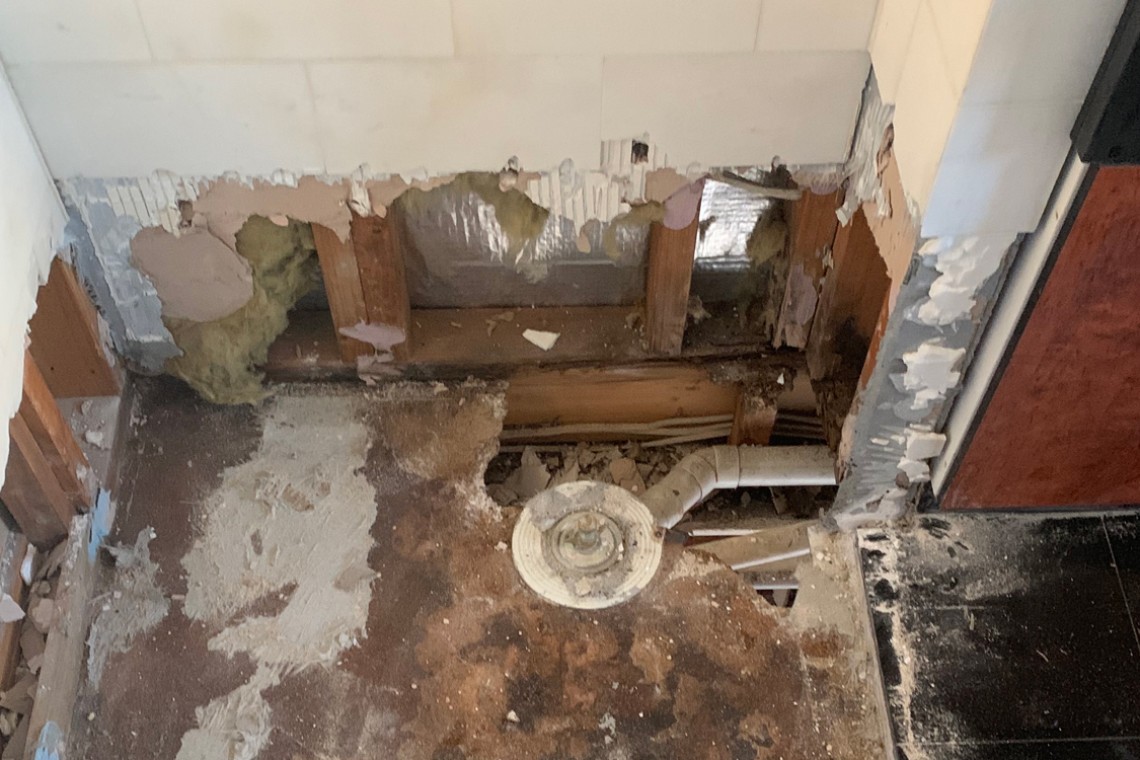
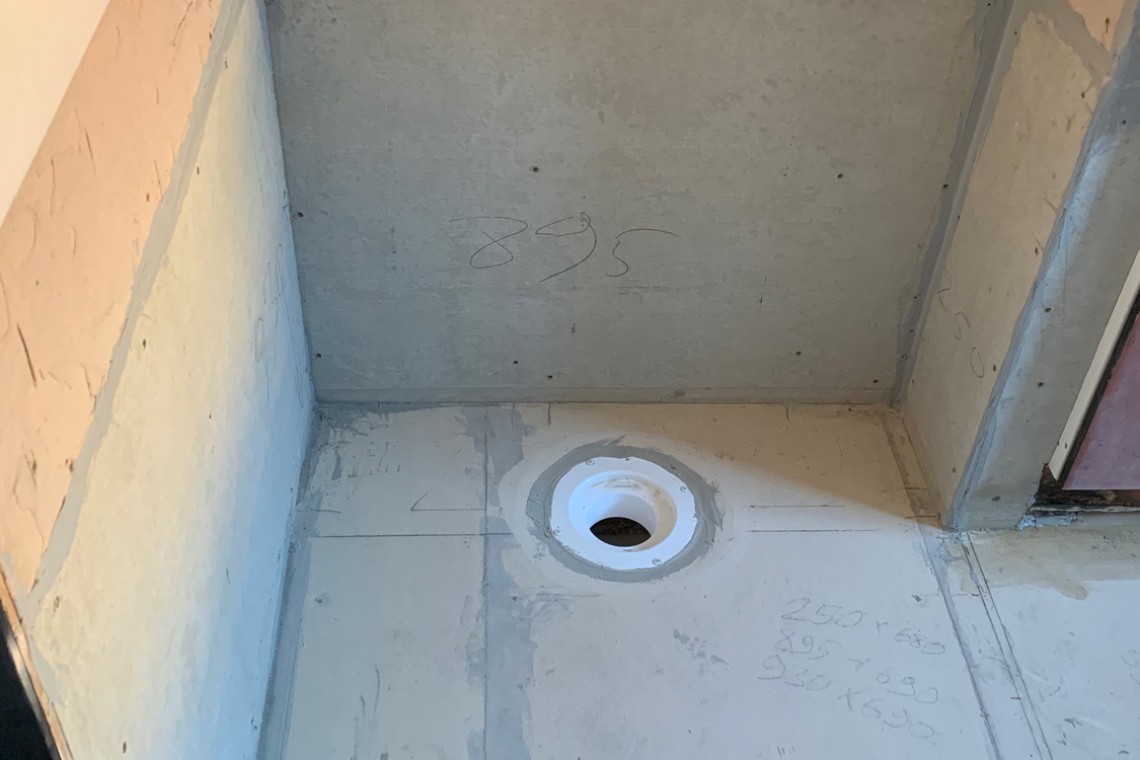
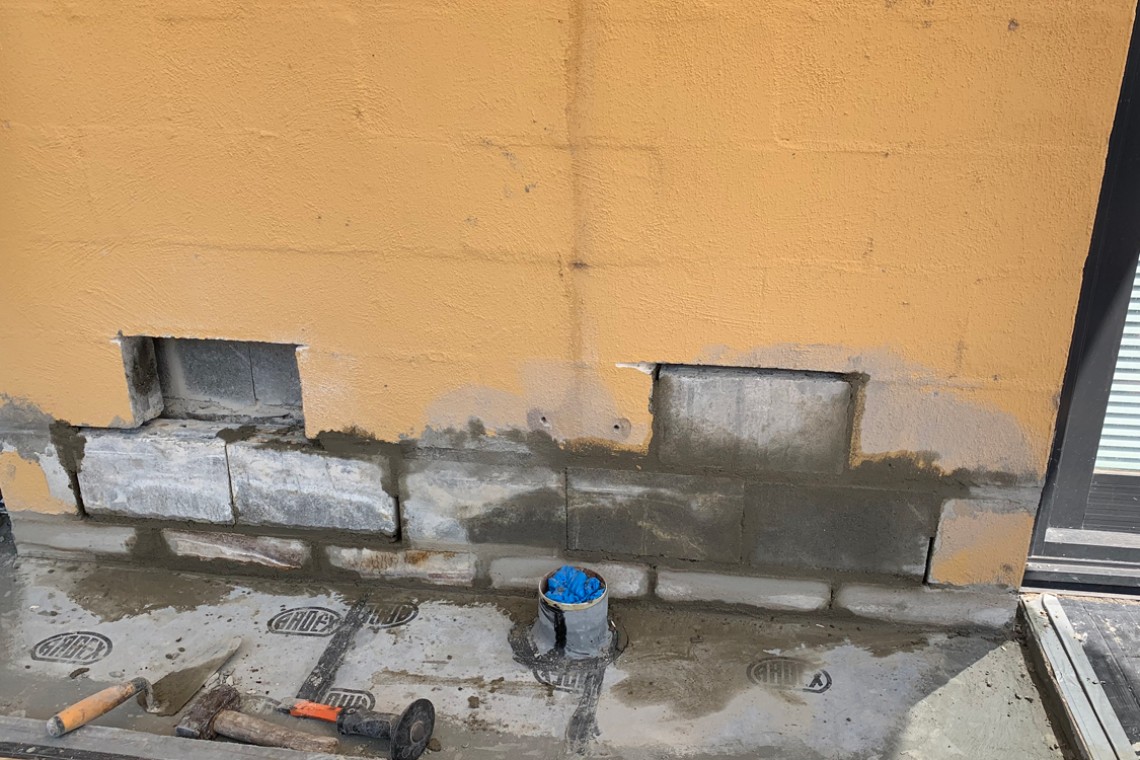
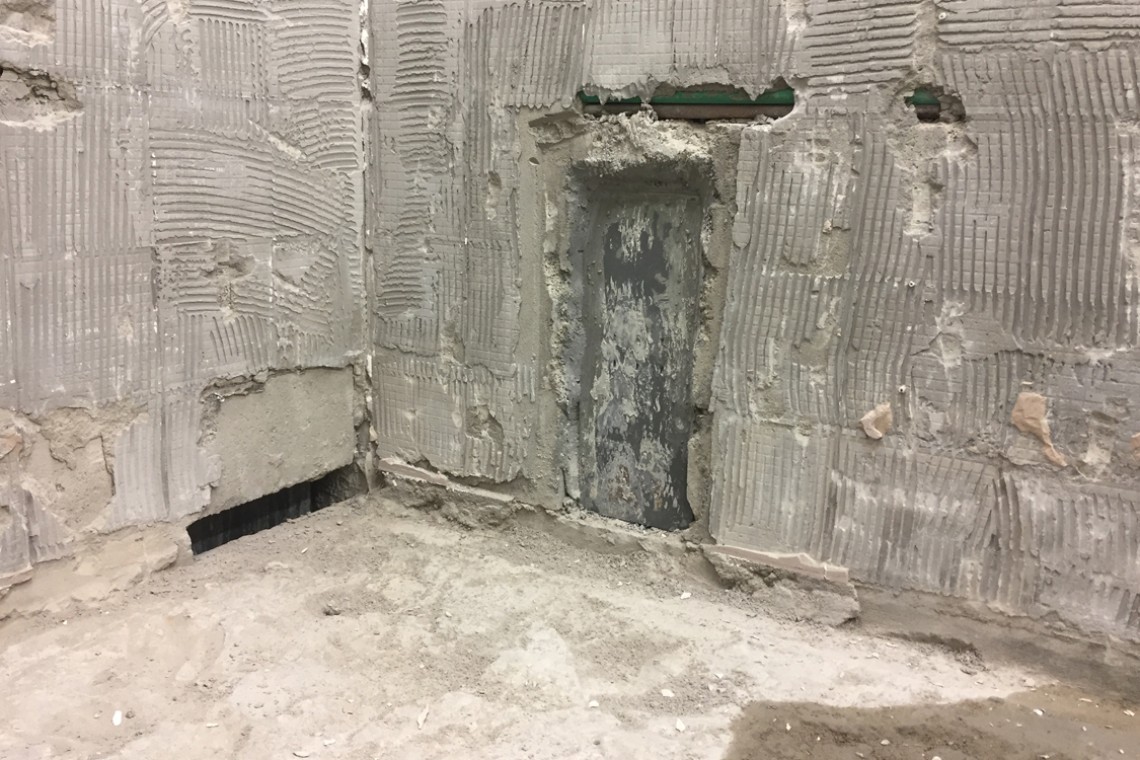
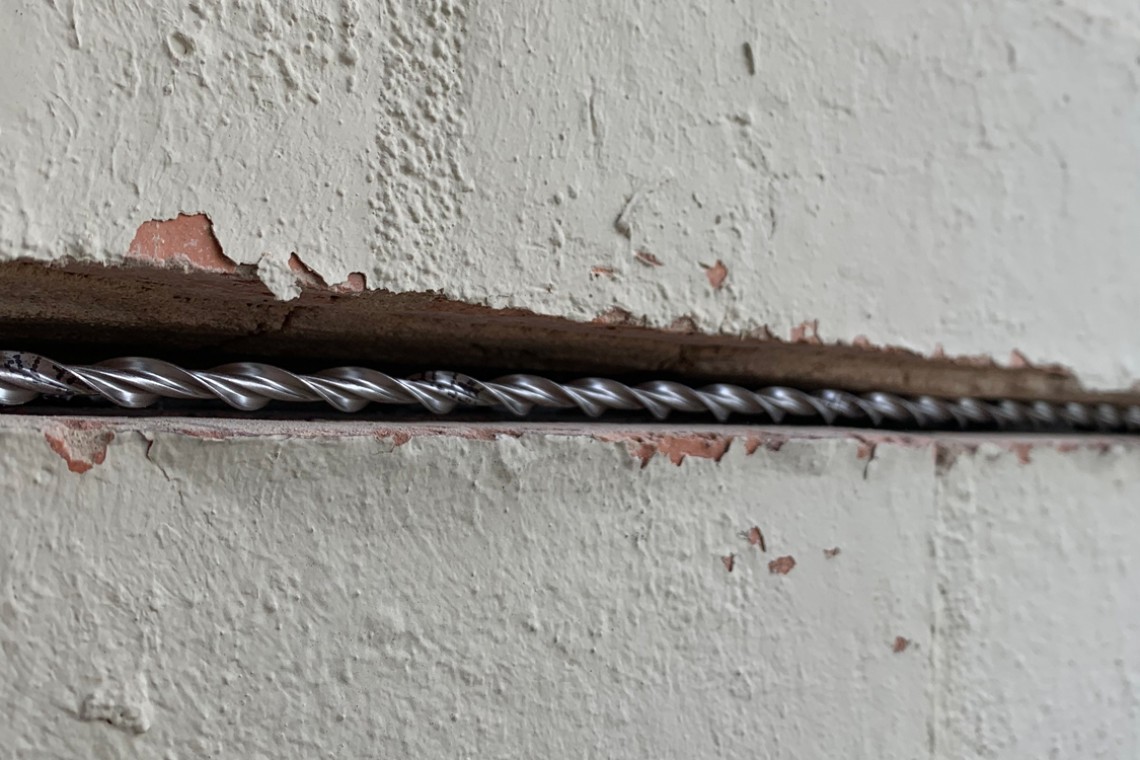
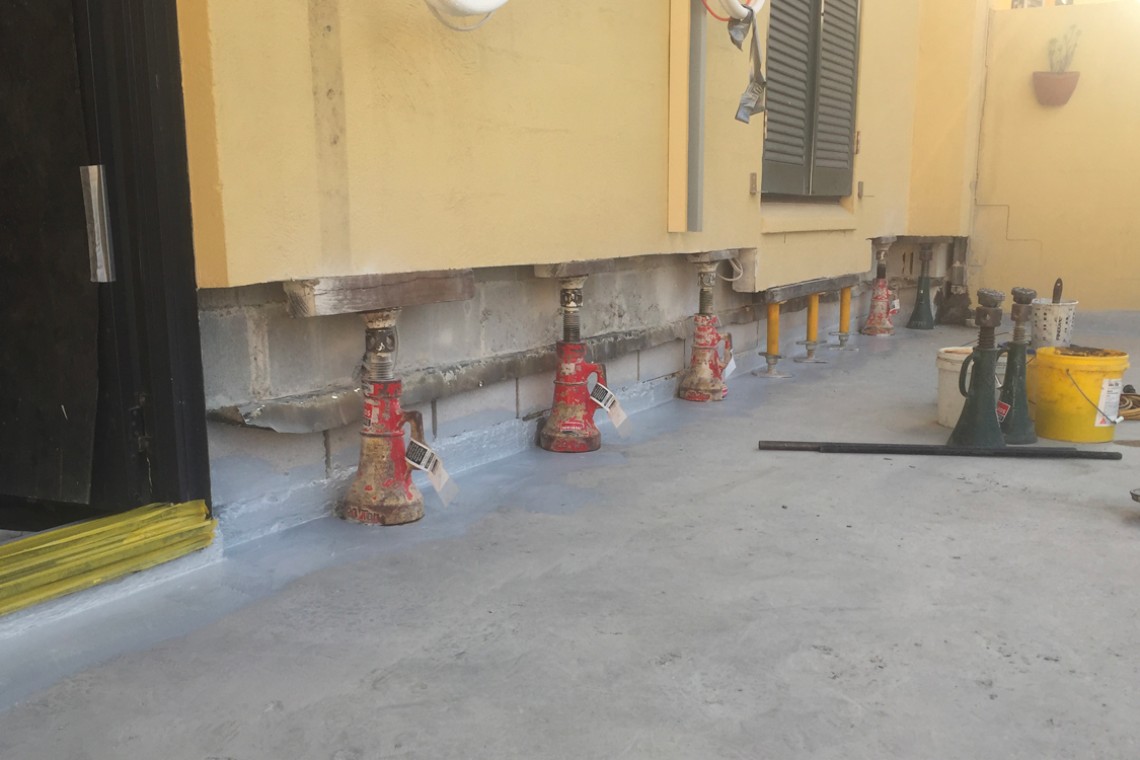
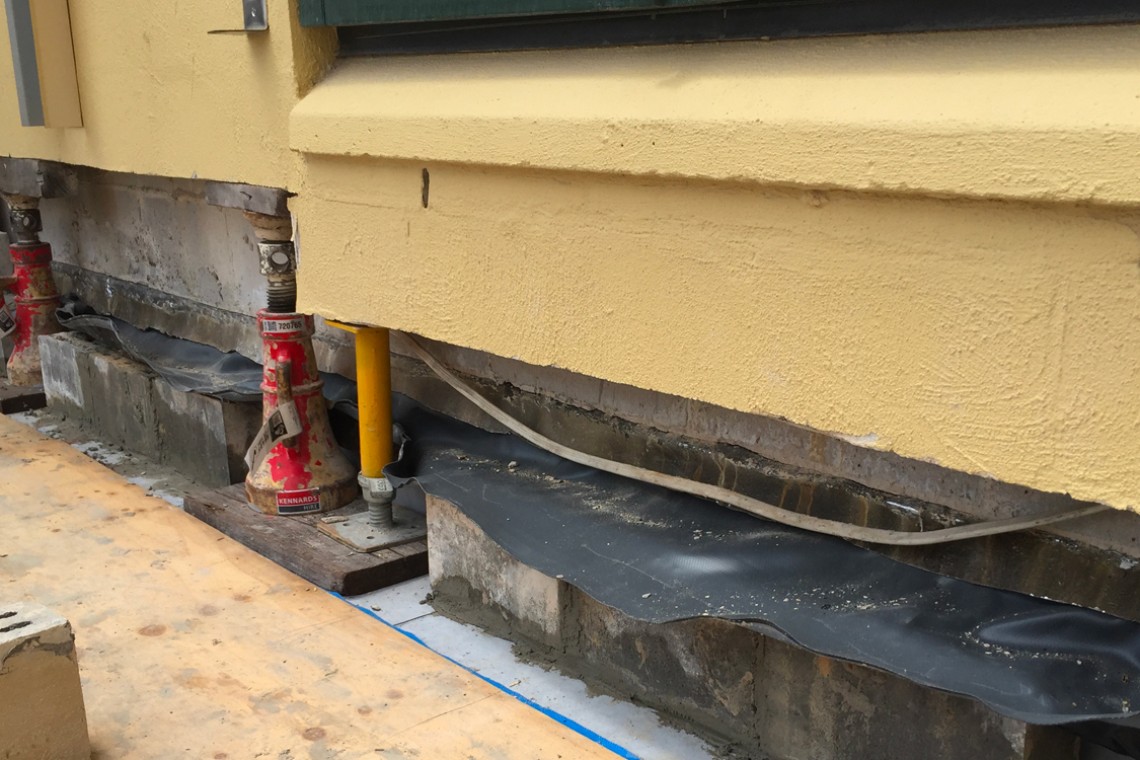
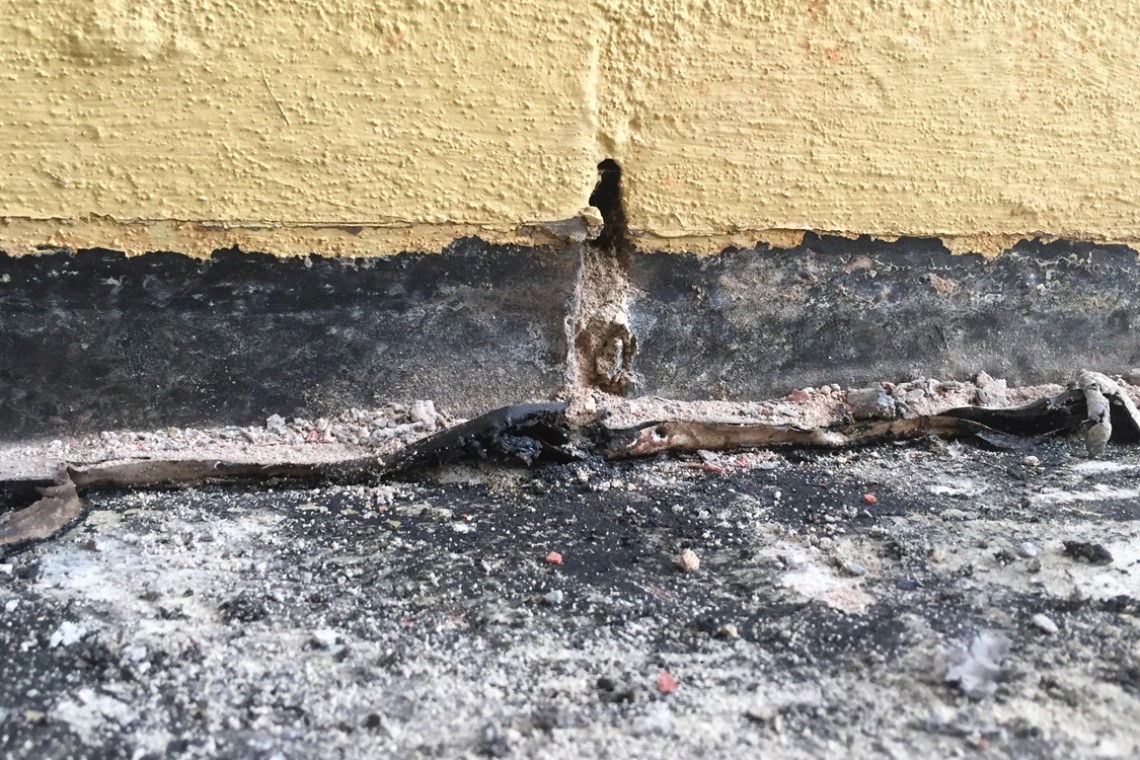
What Our Clients Say About Us
“I’ve had Predrag manage four projects for me for over four years, and I’ve been completely satisfied. Predrag was completely professional, starting with the quotes for the jobs he undertook, breaking them down into sections. He also has an eye for detail and makes suggestions for anything he feels needs attention. He’s punctual and reliable, and so I couldn’t recommend Predrag highly enough.”
“Predrag Loncar of SMR Builders was hired in March 2020 to carry out remedial repairs to our property, to reverse bad building practices during the original build 20 years ago, which had led to extensive damp problems in the walls. His initial inspection was detailed, wide-ranging and thorough. After we had accepted his quote, he made sure that he consulted and liaised with us at every stage of the work. When he opened the walls for repair, in several places, he discovered further problems which he carefully explained to us and then offered suggestions for repair. With Predrag and SMR Builders, you will get someone passionate about his work, who has a detectives’ nose for seeking out the best possible solution and who wants to achieve the best possible result. He is very aware that his work is in someone’s home, and he constantly stresses to his men to be respectful of their surroundings. We are very happy to say that the team of Christian the foreman, with Ivan and Caramba, were very pleasant to have around, and did not cause us any problems at all. We have no hesitation in recommending Predrag and SMR Builders; it would be very difficult to find a better builder for your remedial work.”
Contact Us Today
To contact us about damp proof course for your home of building, either fill out the form below or use the call or email buttons to get in contact with us now!